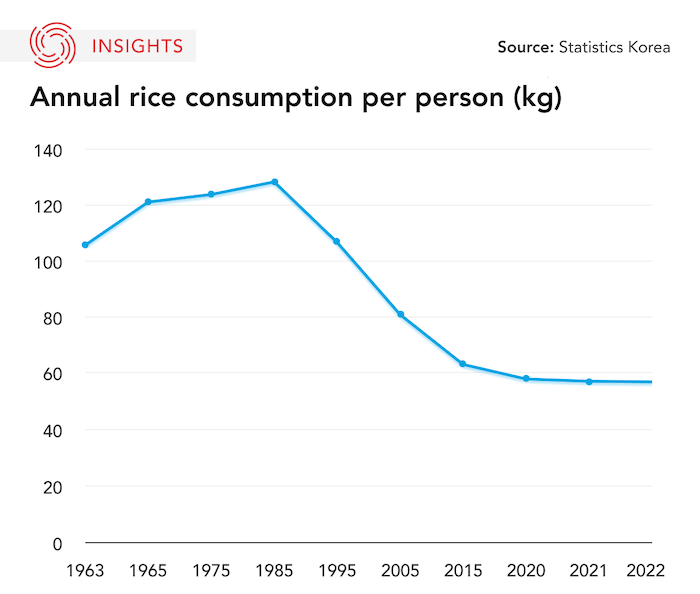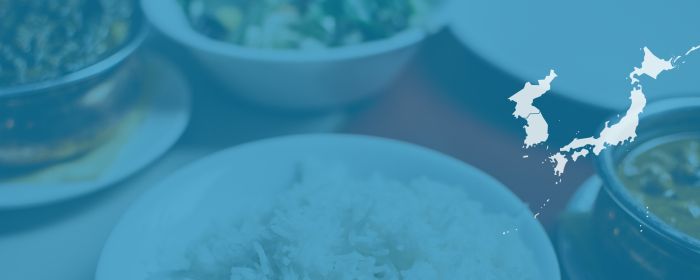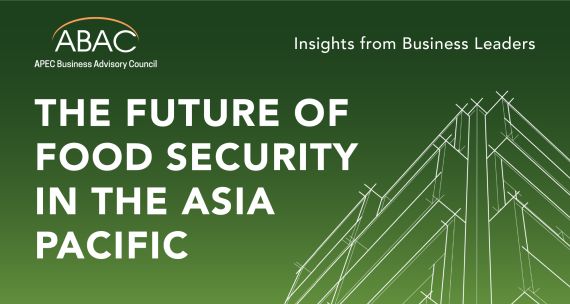The Takeaway
South Koreans' rice consumption has hit another record low following over three decades of decline. Although demographic shifts like population decline and a super-aging society are major contributors to the trend, diverse socio-economic and cultural changes are also connected to the decline of rice.
In Brief
According to the 2022 Grain Consumption Survey released by Statistics Korea on January 27, annual rice consumption per person in 2022 was 56.7 kilograms, down 0.4 per cent from 2021 (56.9 kg). This is the lowest recorded figure since the annual survey began in 1963. The daily consumption of rice per person in 2022 was 155.5 grams — about one and a half bowls of rice a day.

The data shows that although rice consumption has steadily declined since its peak in 1985 (128.1 kg per person), the trend has slowed since the onset of the COVID-19 pandemic. Concerns over infections and rising dining expenses led people to eat at home more often, and increased consumption of pre-packaged meal kits using rice.
Implications
Most South Koreans still greet each other not with “How are you?” or “How’s it going?” but with the phrase, “Have you eaten rice today?” showing the cultural importance of rice in South Korean society. However, Western staple foods, including bread and other wheat flour foods, have become common on the South Korean dining table in recent years. Some South Korean families stick candles in flour-based birthday cakes rather than prepare a traditional birthday meal of a bowl of rice with seaweed soup. The hustle and bustle in many parts of South Korea means that more people are skipping traditional meals with a combination of rice, soup, and side dishes, replacing them with trending and convenient foods like spaghetti, pizza, wheat noodles, sandwiches, or hamburgers. Health-conscious eaters even look for protein-based, low-carb or vegetarian diets, other than rice.
Food consumption patterns have also changed due to economic development and wealthier South Koreans. For instance, for the first time in 2022, the annual meat consumption per person exceeded the annual consumption of rice per person. In 1970, South Koreans consumed 26 times more rice (136.4 kg) than meat (5.2 kg). Since then, meat consumption per capita has increased more than elevenfold, to 58.4 kg in 2022.
The rise in single-person households and demographic changes are also behind evolving consumption patterns. As of 2021, single-person households accounted for 33.4 per cent of total South Korean households, up from 15.5 per cent in 2000. Many of these people no longer think of a rice cooker as an essential appliance as they can more easily warm up and eat a small pack of instant rice when necessary. The decrease in rice consumption and changes in eating habits might indicate the transition from the era of "cook and eat" to the era of "heat and eat." A survey showed that during the first half of 2022, sales of the top instant rice in South Korea exceeded those of the top rice cooker company in South Korea. With about one in three South Koreans now eating instant rice, sales in 2022 are expected to reach C$843 million (800 billion won).
What's Next
- South Korean rice cooker, bakery companies expand product lines
South Korea's leading rice cooker makers, CUCKOO and Cuchen, no longer produce only rice cookers. As consumption trends change, both companies are transforming into comprehensive home appliance companies, selling appliances like water purifiers, humidifiers, and air purifiers. To reduce the domestic stockpile of rice and promote rice consumption, some South Korean bakery companies are selling rice-made confections for Valentine's Day.
- Growing wheat, meat imports and concerns about food security
Corresponding to the rise of Western-style dietary culture, wheat and meat imports have increased significantly, reaching an all-time high in 2022. While this could further decrease South Korea’s food self-sufficiency rate and exacerbate its present food security challenges, it could also be an opportunity for Canada. Canada is the third-largest exporter of wheat (at 248,482 tonnes) to South Korea, and, in 2022, ranked third in pork and fourth in beef exports to South Korea.
- Governments across South Korea plan to reduce rice production, increase grain production
In response to the continued surplus of rice, the North Jeolla Province Government decided to reduce its rice fields by 51.63 square kilometres in 2022, an area equivalent to nearly 10 times the size of downtown Vancouver. To help achieve this goal, they pay between C$2,129 and C$2,661 (2 million to 2.5 million won) per hectare to farmers who cultivate other crops on rice paddies. Gyeongju City Office in North Gyeongsang Province is similarly providing C$1,597 (1.5 million won) per hectare to farmers to repurpose rice fields.
• Produced by CAST’s Northeast Asia team: Dr. Scott Harrison (Senior Program Manager); Momo Sakudo (Analyst); Tae Yeon Eom (Analyst); and Sue Jeong (Analyst).




